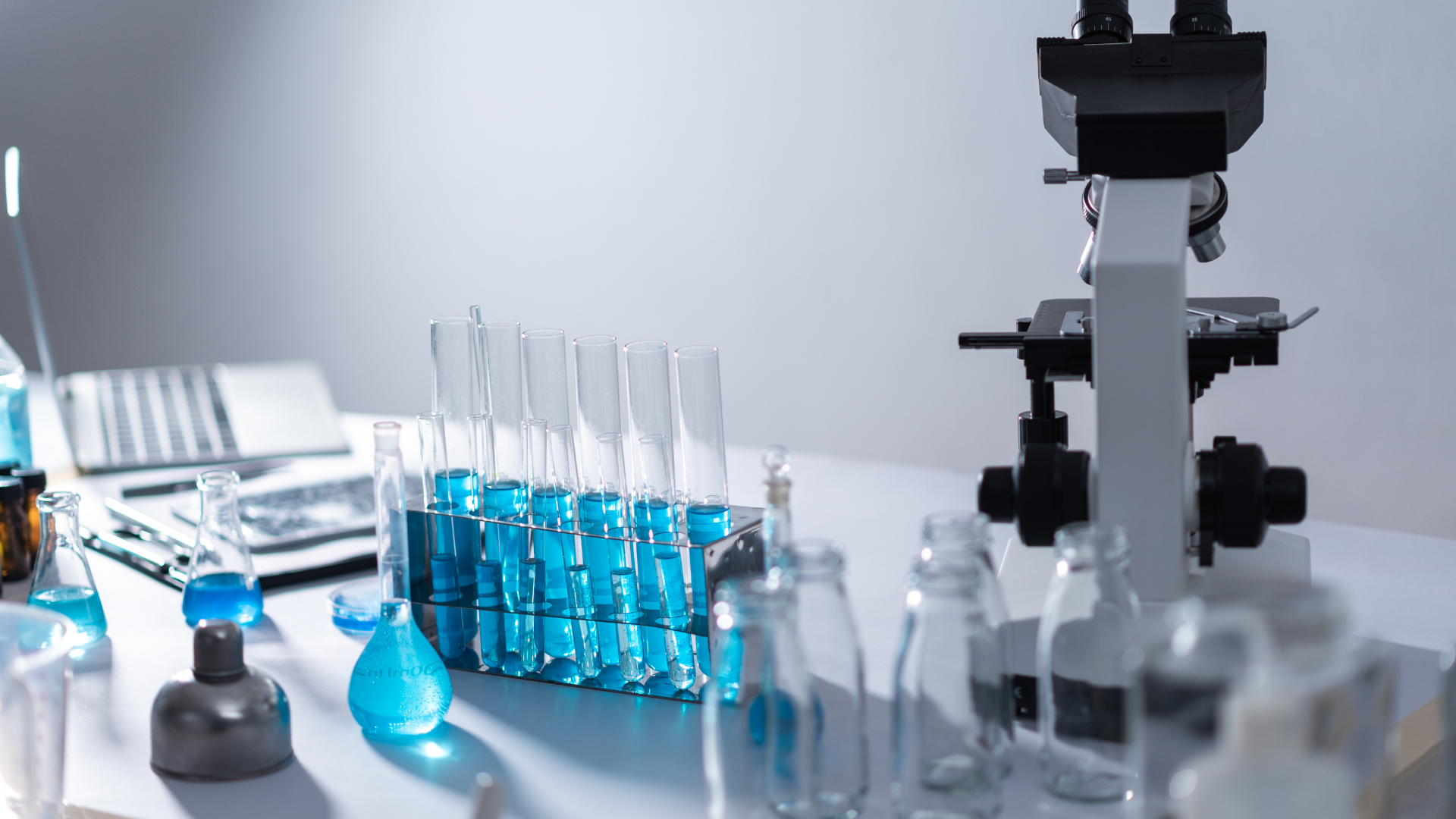
What Equipment Could You See in A Laboratory?
The equipment used in the lab is crucial to the process, and there are several pieces of equipment that are used by technicians that you may not have heard of.
In a medical lab, the tools used to examine a specimen are as important as the specimen itself. Pathology laboratories, for example, have complex workflows that involve many steps, from sample collection to test reporting. Therefore, most laboratories prefer to use lab information software (such as pathology lab report software like NovoPath) that can streamline these workflows, automating routine tasks, reducing manual errors, and improving efficiency. That being said, equipment plays a vital role in a laboratory. It is essential for conducting experiments, performing tests, and analyzing data. Without equipment, it would be impossible to carry out any investigations or calculate results and data that software can analyze.
The following are the tools that are used in a medical lab, along with the name and their uses.
Funnels and Bottles
Funnels and Bottles are two of the most common lab equipment you will find. Funnels are used for transferring liquids from one container to another, whereas bottles are used for storing ingredients, chemicals, and water. Their use is quite simple, and some of the more expensive ones are used for measuring the amounts of substances in a sample.
Beakers
A beaker is a simple glass container that holds a substance, such as liquid, pigment, or gas. They are commonly used for scientific work in laboratories, schools, and science fairs. Beakers come in different shapes, sizes, and materials: some are made of glass, while others are made of plastic and metal. Some beakers are used to hold liquids whilst testing chemicals, while others are used to clean the surfaces of work areas.
Test Tubes
The test tube is a device, usually glass or plastic, used to contain, mix, or heat a small amount of a particular substance. They are designed to prevent environmental contaminants, such as bacteria, from spreading and to allow chemists and scientists to handle and mix and experiment with materials safely. They are convenient in size and shape for heating small amounts of substances, usually liquids using a Bunsen burner.
Microscopes
Microscopes are a type of optical microscope that narrows the field of view to magnify an object. This means that a single image can be taken of an object instead of thousands of images. They are used for a variety of scientific pursuits and are widely used in laboratories for a variety of purposes. Dutch father and son Hans and Zacharias Janssen invented the first compound microscope in 1590.
Lab Burners
Lab burners or Bunsen burners are a device that produce a single open gas flame. The flame is made up of a mixture of gases at different temperatures. The intensity and temperature of the flame can be manually adjusted. Bunsen burners are used in laboratories as the heat source for scientific experiments.
Rubber Tubing
Rubber tubing is a flexible and durable tubing made of latex or similar material. Rubber tubes are used in industry and many other fields of science. In laboratories they can be used as a passage for liquid or gas in experiments.
Burettes and Pipettes
A burette is a graduated glass tube, with a tap at one end. It is common laboratory apparatus and is used to dispense and measure a particular quantity of liquid, especially in titrations. Pipettes are a small glass or plastic tube with a bulb. They are a hand-operated dropper that is used to measure and transfer small amounts of liquid in chemistry, biology or medicine from one container to another. The key difference between the two is that the burette has a stop cock at the bottom and the pipette uses a dropper system to release the liquid.
Lab furniture
Besides equipment such as pipettes and test tubes, it is also essential that a laboratory includes sturdy and high-quality furniture such as chairs and desks, which could be procured from websites such as https://www.officemonster.co.uk/. A good table would ensure that other tools, such as burners and microscopes, can be kept on a level surface for proper functionality.
Lab stands
These hold and manipulate experimental apparatuses and are an essential in setting up your lab at home.
Conical Flask
This is a glass container with a cylindrical shape. It is used for the storage of solids or liquids in a laboratory. It may be used with different substances such as acids, bases, alkalis, salts, and other chemical substances. The main purpose of using this glass container is to prevent the explosion of chemical substances.
Safety Equipment
These are things like a white lab coat, safety glasses, a lab apron, hairnets, disposable/ non-disposable gloves (from firms like Unigloves), and more. Know that these are the basic gear that would be needed to maintain the safety of all workers. (Note that all labs are mandatorily needed to have them as a part of safety protocol.)
Anyway, some experiments may also require gas masks similar to a papr respirator in a situation where there is a chance of toxic fumes getting released while using chemicals in the lab. In addition, the equipment itself can also be considered part of safety gear, such as beakers, Bunsen burners, pipettes, and flasks. All these things, along with following safety rules put in place are very important in a lab.
In the field of science, an experiment is one of the most basic ways of testing the validity of a theory. They can be done in a number of different ways but it is commonly done using a controlled artificial environment in the lab.

Comments (0)